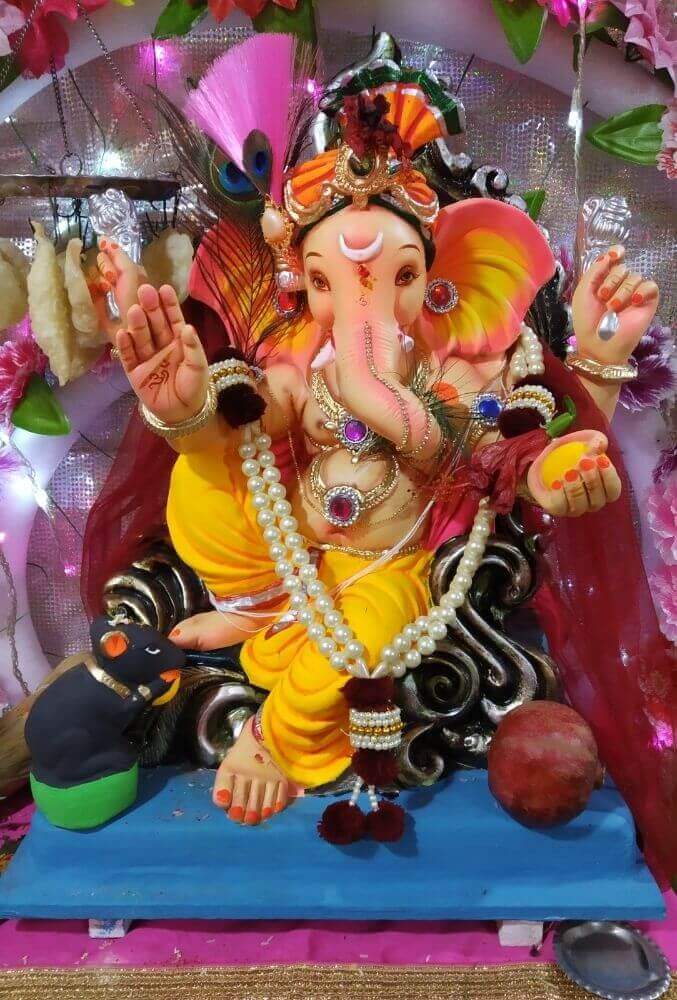Table of Contents
There was no rat on earth long before, when humankind and gods coexisted in the old world. Rats are those mythological creatures that will not perish. Even if the planet becomes infested with nuclear weapons and the earth ceases to exist, rats will live. Rats can survive even if the world becomes afflicted by a pandemic or nuclear waste, and all other life forms perish.
According to rat mythology, Zeus created the Rat when Hephaestus wanted to create something beautiful and intelligent. Thus, the rat has the power to survive all destruction and evils on earth.

What Does a Rat Represent?
What does a rat symbolize? Depending on which part of the world you are asking, the answers may differ. A rat may also represent many positive characteristics. These characteristics are:
- Prosperity
- Accomplishment
- Resilience
- Kindness
- Fertility
- Imagination
- Vision
- Wisdom
- Strength
- Prudence
- Subtlety
- and the capability to overcome issues
Possessing a Rat as a Spirit Animal (Totem Animal)
Having a rat as our spirit animal suggests that we are:
- Courageous
- Friendly
- Honest
- Adventurous
- Elegant
- and sometimes irresponsible.
With a natural survival mentality, you can adapt to any lousy scenario. You use your resourcefulness to get the most of what you have.
When interacting with people, you keep an easy going demeanor, and you do not shy away from expressing your thoughts. But, when it comes to business or money, you are astute and rely on your knowledge to win over all obstacles.
Your attitude to pursue anything that catches your heart without regard indicates your self-centered personality, and this trait suggests that you may even harm others to do your objectives.
Rats Have a Symbolic Meaning and Roles in a Variety of Religions
In American Indian Culture
As a symbol of stability and survival in Shamanic traditions, a rat seems to safeguard one’s health. Additionally, it gives a high resistance to environmental pollutants and illness. Yet, in Celtic cultures, rats bring about disaster.
According to the Chinese Zodiac, persons born in 1936, 1948, 1960, 1972, 1984, 1996, 2008, and 2020 are born in the Year of the Rat. These people have the following characteristics:
- Wit
- Resourcefulness
- Adaptability
- Kindness
- and intelligence
From Hindu mythology, Lord Ganesha, the epitome of auspiciousness, rides a rat to assist people in resolving their troubles. In other words, because a rat represents difficulty, Lord Ganesha seeks to subdue it by sitting on it, keeping it from troubling humanity.
A rat, which represents fertility and prosperity, is also associated with good fortune and is a friend of the deity of wealth, Daikoku.
Mooshika and Ganesha in India and Southeast Asia
Ganesha, the elephant-headed deity, is a famous deity in Hindu civilizations found across Southeast Asia.
Ganesha both creates and eliminates impediments, making Him the epitome of contradictions.
What could be a more enjoyable ride than a mouse with that in mind? After all, shouldn’t elephants be fearful of these creatures?
Not, it appears Ganesha. His Vahana, or mode of transport, is called Mooshika, and he is a rat.
In fact, for an extended period, a Mooshika/Mushika empire existed in South India; they are even referenced in the epic poem Mahabharata. Their most recent ancestors are the Travancore dynasty, who have made multiple unwelcome guest appearances on Ancient Aliens owing to a strange, still sealed vault beneath one of the several temples they erected, the Padmanabhaswamy Temple.

Cats, Rats, and Zodiacs in China
The cat is one famous animal not included in the Chinese Zodiac. On the other side, the rat initiates the procession:
All animals were invited when the Jade Emperor was designing the zodiac. In a more spiteful interpretation, the rat either let the cat sleep in or threw the cat off the ox’s back as they crossed a brook on their way to the Jade Emperor’s palace. In either case, the rat arrived first, and the cat never came.
Thus, this explains the link between cats and rats.
Europe: King of the Rats
What makes the Rat King so scary is that he is not imaginary; for many Europeans, discovering a “wheel of rats” was a fact, often seen as a negative prophecy.
A sign of impending doom.
It was also a derogatory term: Martin Luther, the most prominent figure of the Protestant Reformation, used it to refer to the Catholic Pope.
Another intriguing piece of folklore trivia: the novella Tchaikovsky based The Nutcracker, E. T. A. Hoffmann’s The Nutcracker and the Mouse King, had a “Mouse King,” or Mausekönig, a multi-headed mouse, a variation on the Rat King.
Throughout the Bible and Christianity
Among the many references in the Bible to rats and mice, the most notable are those in Leviticus 11: 29, which prohibits eating rats. Second, rats are described as how the Philistines bring guilt offerings of golden rats diseased with tumors as God’s retribution. The final verse is Isaiah 66:17, which details a specific woe for individuals who consume rats in heathen temples.





